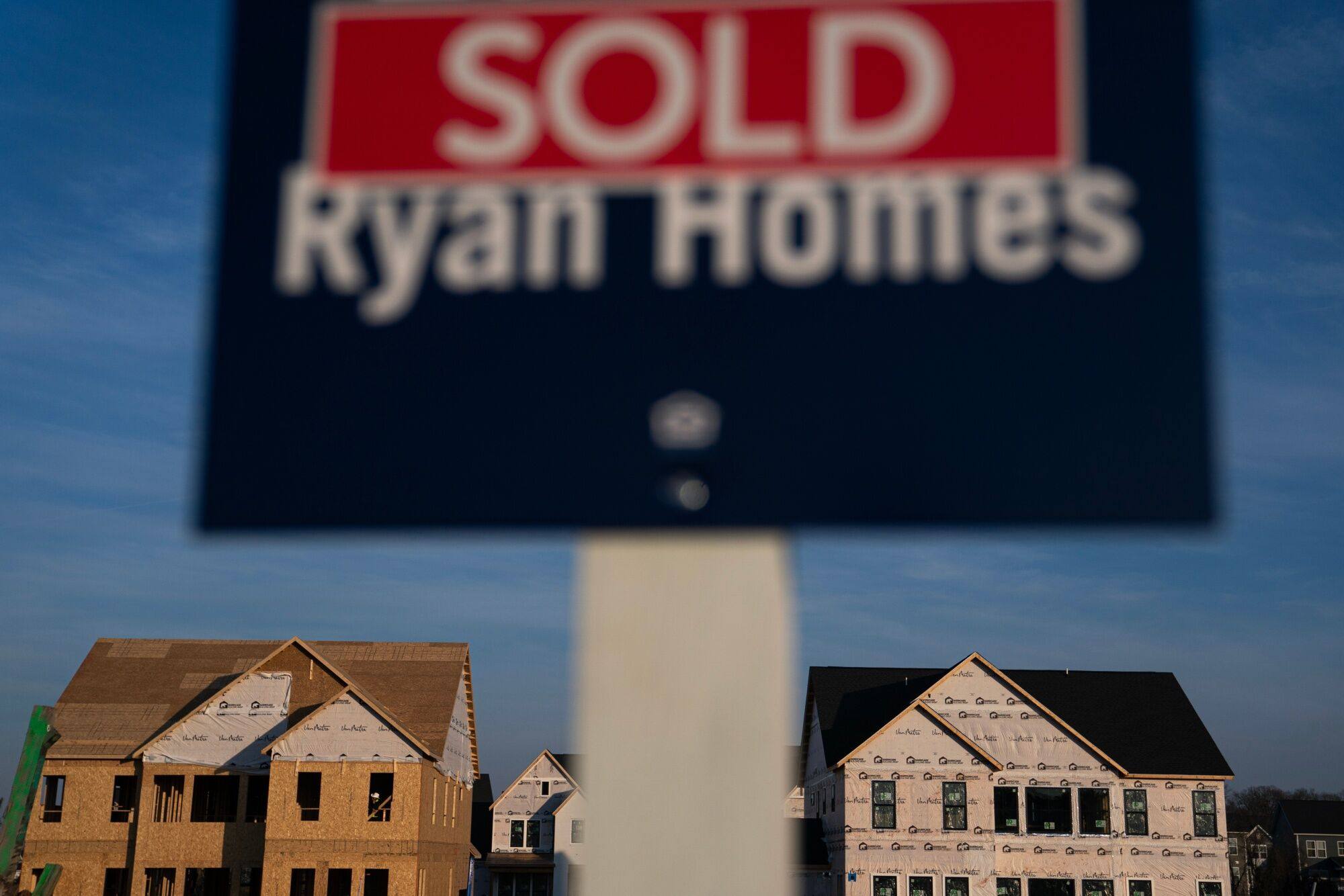
Chinese investors offloaded US$31.7 billion of US commercial real estate over last 5 years, driven by capital controls, lending caps
- The largest sale was in 2019, when Singapore-based GLP sold industrial assets worth US$18.7 billion to Blackstone Real Estate Partners
- The disposals were first driven by the nationwide deleveraging campaign, but have continued due to a structural shift in the property sector
Chinese investors, once among the most active buyers of commercial property in the United States, sold US$31.7 billion of US commercial real estate between 2019 and last year, 15 times more than what they acquired during the same period, according to MSCI Real Assets, a real estate and infrastructure data provider.
The divestment trend is expected to continue amid the high interest rate environment, leading to continuous declines in asset values in the US. Additionally, some Chinese investors are rushing to sell their foreign real estate holdings to free up cash as they face a worsening property crisis in China, according to analysts.
Mainland buyers throng to Hong Kong property sales after removal of curbs
In contrast, Chinese investors only acquired US$2.06 billion of commercial real estate assets from 2019 to 2023.
The disposals can be attributed in part to China’s capital controls and the implementation of lending caps in late 2020, known as the “Three Red Lines”, which aimed to reduce debt in China’s highly-leveraged property sector.
There was “a correlation between the rate of dispositions and the tightness of the domestic financing market”, Ben Chow, MSCI’s Asia head of real estate research, told the Post.
He said that disposals by developers increased after the implementation of capital controls in 2017-2018. After the Three Red Lines came into effect, “disposals gradually grew throughout most of 2021 and 2022”, said Chow.
“We are seeing quite a few Chinese property developers dump their ‘noncore’ assets overseas in a bid to relieve a liquidity crunch,” said Shi.
Chow expects Chinese investors to continue divesting assets acquired over the past decade. “Office values for a number of major US markets have fallen to 5-year or 10-year lows, so assets acquired from as far back as 2013-2015 could still be valued less than what they were acquired [for, especially] if they were refinanced at a higher value in between,” he said.

The US, the world’s largest commercial property market, has experienced an 11 per cent decline in prices since the Federal Reserve began raising interest rates in March 2022, erasing gains from the previous two years, according to a report from the International Monetary Fund released in January.
MSCI estimated the pool of distressed US commercial properties reached US$85.8 billion by the end of 2023, primarily driven by office assets facing weaker prices and higher lending rates.
Other factors contributing to the decline in Chinese investors’ interest in overseas assets include concerns about geopolitical tensions, particularly the war in Ukraine, according to Jason Bedford, a former China analyst with Bridgewater and UBS.
Chinese insurers sound the alarm over Vanke debt risks
“Chinese investors’ appetite for Western assets may have taken a hit out of fears that in the future China and the US could have a similar dynamic to what we see today between Russia and the US,” he said. “That’s conversely increased the attractiveness of assets in certain [parts] of Asia that are perceived as safer [or] more neutral in the event of conflict.”
Chinese property developers are also offloading noncore assets overseas.
MSCI data reveals that Chinese companies became net sellers in Australia’s commercial real estate market between 2019 and 2023, with US$2.3 billion in disposals compared to US$1.7 billion in acquisitions. Similarly, in Japan, Chinese investors sold US$6.9 billion worth of assets during the same period, while acquiring US$5.7 billion.

